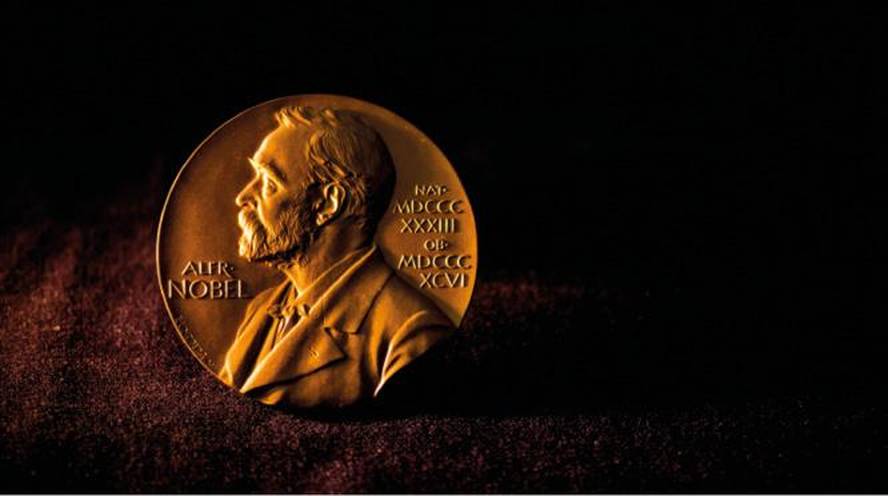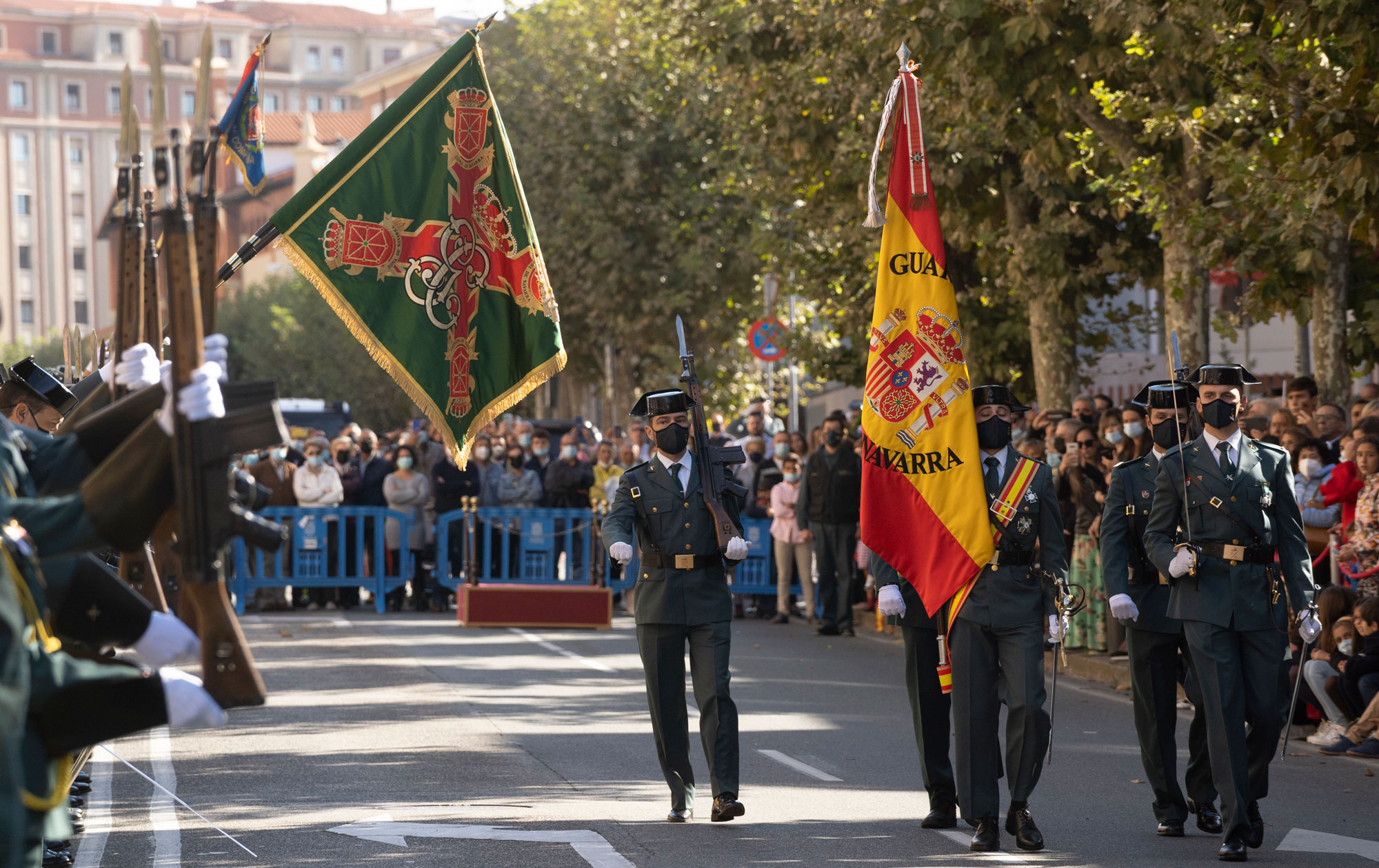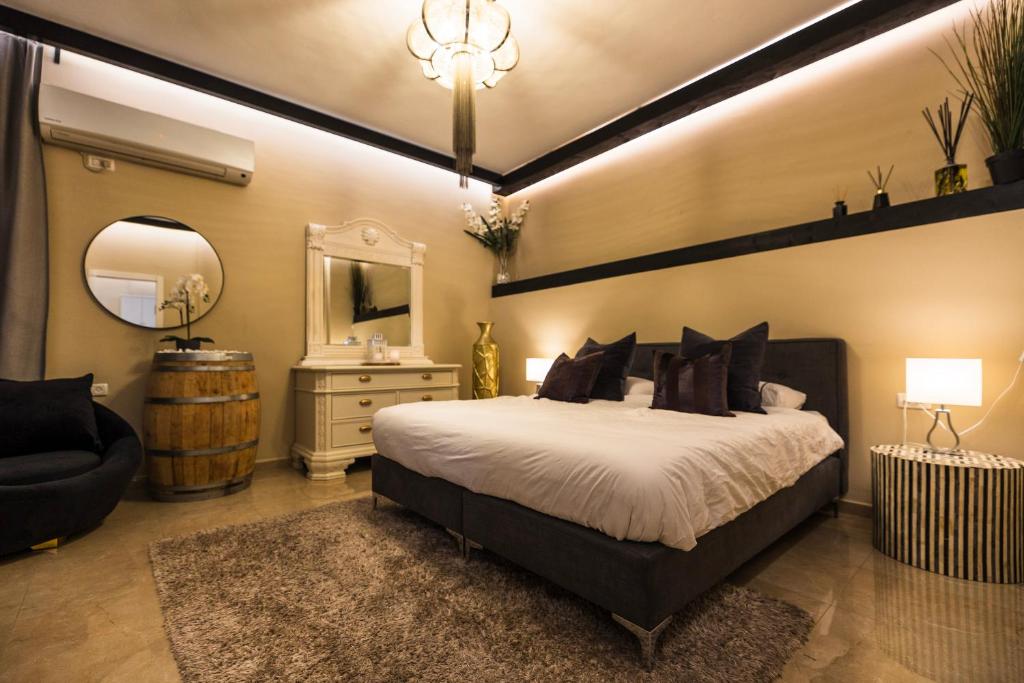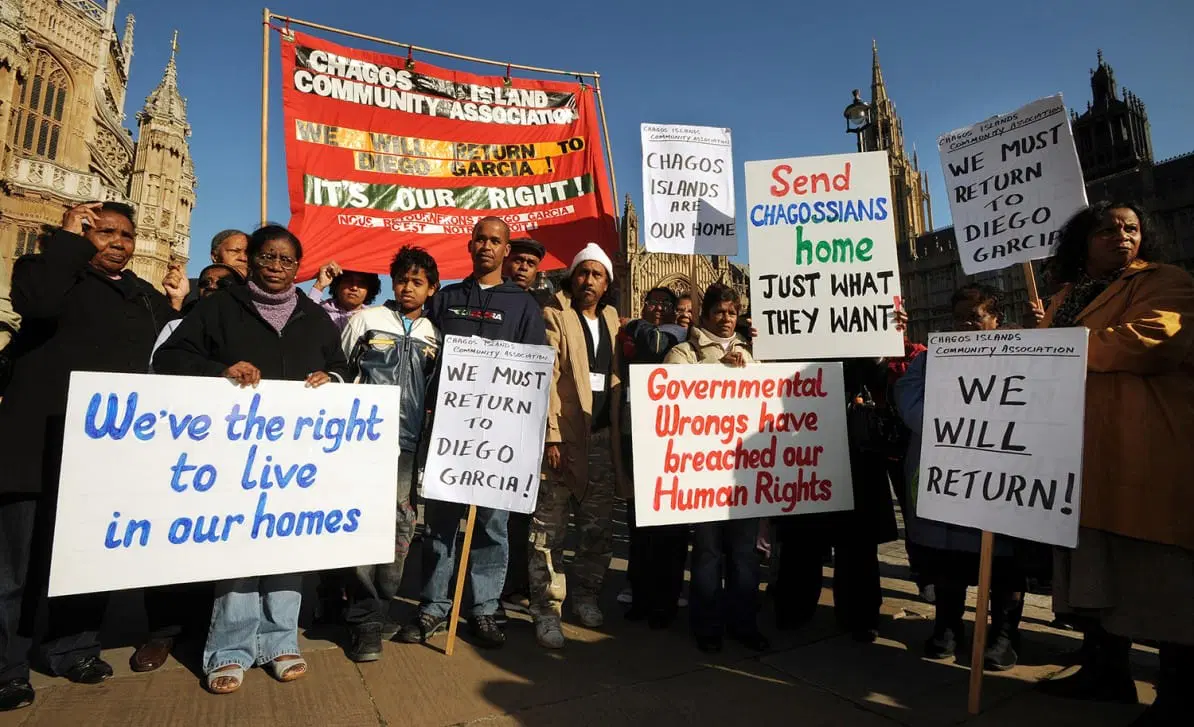Trial begins for the death of African anti-colonialist referent Thomas Sankara 35 years later
- The former President of Burkina Faso was killed in a coup d ' état in 1987. “The material side of the coup occurred in Burkina Faso, but the promoters are foreigners,” said the former partner of Sankara Halouna Traoré. He spoke out against colonialism and in favour of revolution, and during his mandate he carried out numerous reforms.

The trial began this Monday in a military court in the capital of Burkina Faso, in the city of Uagadut. In response to defence requests, the sessions will be interrupted on the same day that they begin and will resume on 25 October to give lawyers more time to study the case file. On the one hand, holding the trial is an achievement for those who want clarification of the murder of Sankara. On the other hand, it will not be easy to clarify the facts and responsibilities that have occurred or to punish those responsible.
Two of the main defendants will not be in view of the facts. Blaise Compaore is one of them. He was a classmate of Compaore Sankara, who in 1984 struck a coup d ' état with other military personnel, and released Sankara, who was in prison, to be investigated lehendakari. However, following the 1987 coup d ' état, it was he who took over the country ' s presidency for 27 years, during which no investigation was initiated. He currently resides in Côte d'Ivoire and has always refused to be involved in the murder. Hyacinthe Kafando is also missing from the Uagadugu Court. Kafando is accused of being the head of the command that killed Sankara. He is currently in flight.
The remaining twelve defendants are present in the court, which has been seen for sentencing. Among them is Gilbert Diendéré, one of the main commanders of the army during the 1987 coup d ' état. Dienderé is serving a 20-year prison sentence for a coup attempt in 2015. All defendants are charged with crimes of complicity, concealment of corpses and "attack on state security".
Responsibility of the Western powers
The supporters of Sankara have denounced that, as in 1987, foreign countries, especially the French State, also participated in the murder of Sankara, and have criticised Sankara. “The material side of the coup occurred in Burkina Faso, but the promoters are foreigners,” said the former partner of Sankara Halouna Traore during the celebration of the eapiketa. For Justice Sankara, the international network for African Justice expresses its satisfaction at the beginning of the trial, but its concern is that the participation of foreign countries has not been investigated. “We ask the new judge in charge of monitoring the international part of the case to follow the investigation until the end. In particular, ask France to submit documents classified as defence secrets and to cooperate in the investigation to countries suspected of being involved.” These countries are France, Togo, Côte d'Ivoire, Liberia, Libya and the United States.
Symbol of revolutionary anti-colonialism
Thomas Sankara and his twelve members were killed in 1987 by a military command in which they were killed a year earlier. He was 37 years old and had great prestige in Burkina Faso, Africa and the rest of the world on the left. He was part of the revolutionary young military group Officiers Communistes. In the 1980s, he assumed government responsibilities, but he was incarcerated. After the 1984 coup d ' état, he was named lehendakari and until his death in 1987, in addition to making radical speeches, he promoted profound transformations in Burkina Faso ' s culture, policies for women or in the economic sphere. The 2007 ARGIA report and the documentary Eguzki Bideo give the opportunity to learn more about Sankara’s work and history.
Washington (EE.UU. ), 1807. The US Constitution banned transatlantic slave trade. This does not mean that slavery has been abolished, but that the main source of the slaves has been interrupted. Thus, slave women became the only way to “produce” new slaves.
So in 1845, in... [+]
It is no coincidence that Columbus Day, that of the Civil Guard and the Virgen del Pilar coincided on that date. The three represent oppressive structures (statue, army and church). On the other hand, there is indigenous resistance and population that the Spanish State... [+]
The name of the Txagos Archipelago is commonly known by crossword fans, and by very few more. If you mention the largest of these islands, Diego García, we would be a little more what we have said: the fame – not sweet – that has achieved the US military base that is there,... [+]
From the Mountain of Navarre, thousands of people took to America in the 19th century to survive in grazing or other activities. Historian Raquel Idoate recovers in her thesis the history of some 4,000 of them: how the trip was made, how they were invested in, roles about... [+]
We are in the most industrialized territory of the Basque Country, the Left Margin of the Ibaizabal, or the Ría de Bilbao, if you will. Here the fireplaces had ordered it once. But to feed them, we used not only coal, but also the sweat of thousands of workers, and even more,... [+]
The epic is built on the lives of many men and knowing that makes society more mature.” The writer Bibiana Candia is right. In Azucre (Pepitas de Calabaza, 2021) we are told the tragedy of the enslaved Galician migrants of the 19th century, but that story would have been... [+]
Despite the black skin and curly hair, they remained invincible men, with the intelligence and resentment of human beings.” So he wrote about the slaves CRL James in the book Jakobino Beltzak, who masterfully narrates the Haitian revolution. So many brutalities, torture and... [+]
If you manage to escape the multitude of tourists and look from the Concha railing to the Donostia pier, perhaps the imagination will accompany you in the time when it was an intense marine commercial city, in which the soundtrack of the gulls will accompany you. Perhaps you are... [+]




















